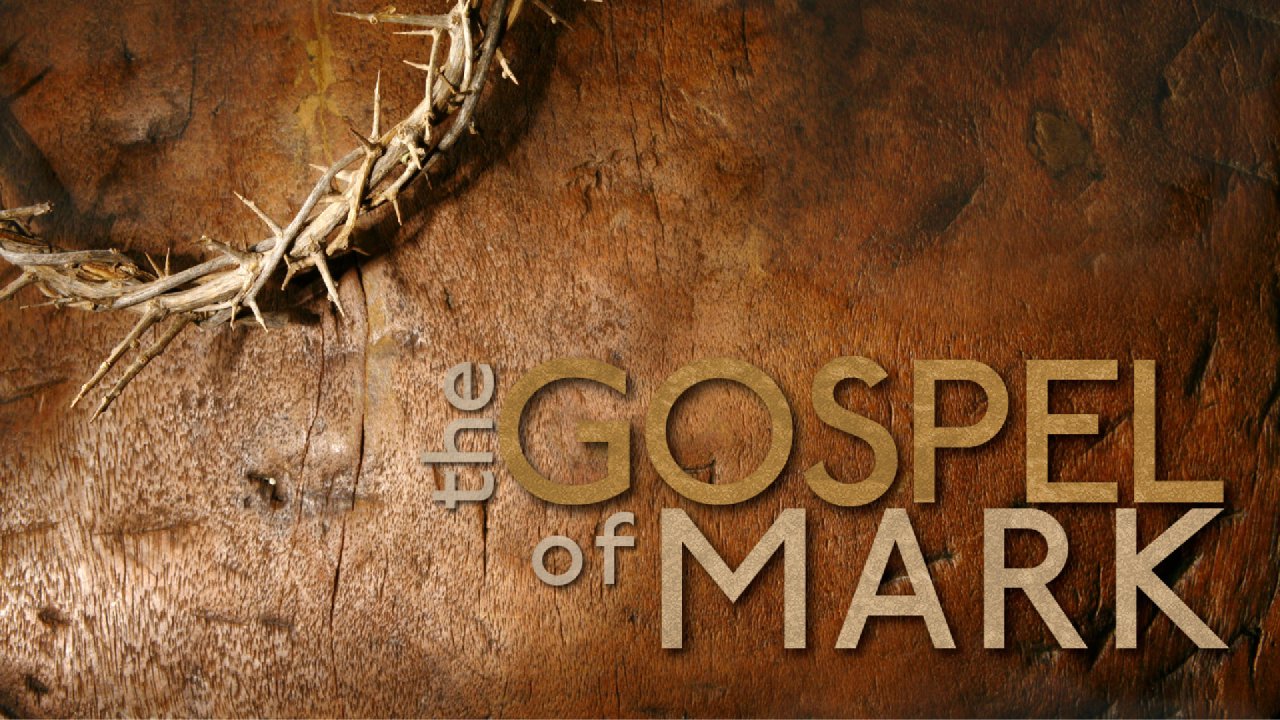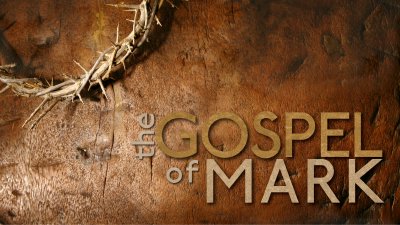In response to the Pharisees need for another sign, Jesus sighs with deep emotion. He’s anguished over their blindness and persistent rejection. They claim they need one more sign, but they are “testing” Jesus, seeking to discredit him before the people. They were stuck in unbelief, determined to see him only the way THEY wanted to see him. Jesus doesn’t fit their idea of what the Promised Messiah would be. And because there was no faith present, no more signs would be given.
The leaven of unbelief has overcome the hearts of the Pharisees, and so Jesus is warning his disciples not to let their unbelief blur their vision and steer them away from the truth. This is a relevant warning for us today. The enemy is most certainly trying to blind us and make us deaf to the truth. We need to stand guard and make sure he doesn’t stir up unbelief in our hearts.
The questions Jesus asks aren’t intended to shame them, but to instruct them, to open their eyes and keep them fixed on him and who he is. They are questions rooted in compassion and a deep desire for the disciples to understand that he’s capable of supplying their every need. And he anticipates that, in time, by the grace of God, they WOULD understand. He has hope for them, that they will start to see him clearly, and they need to start understanding SOON. The hostility is growing, and soon they’ll be making their way to Jerusalem where Jesus will face the cross. The disciples have to see Jesus as Son of God, not just a great prophet or their beloved Rabbi.
How do we identify with the disciples? We have many examples of the Lord’s powerful work in our lives, and yet, when the next hard thing comes along, we panic, we look inward, “This is hopeless, I only have one loaf of bread! What am I going to do?” We, like the disciples, don’t see him clearly. But the good news is . . . Jesus isn’t satisfied with our blurred vision. He continuously pursues our hearts, he seeks to open our eyes to the truth, revealing more and more of himself to us, helping us to see him for who he truly is.
Jesus was giving physical sight to the blind man, but more importantly, he was giving spiritual sight to the disciples. They haven’t been seeing Jesus clearly, seeing some of him but not all of him. Jesus knows what other people are saying about him. He doesn’t need the disciples to tell him, but he wants them to contrast what others believe with what they believe.
Peter proclaims, “You are the Christ.” Does he understand what that means? Does he understand all that entails and requires. Not yet, but still, this is indeed a turning point in Mark’s gospel. The disciples are starting to see Jesus; their vision of him is getting clearer!
May we SEE JESUS for who he truly is . . . for what he truly came for . . . for how he truly loves us.






